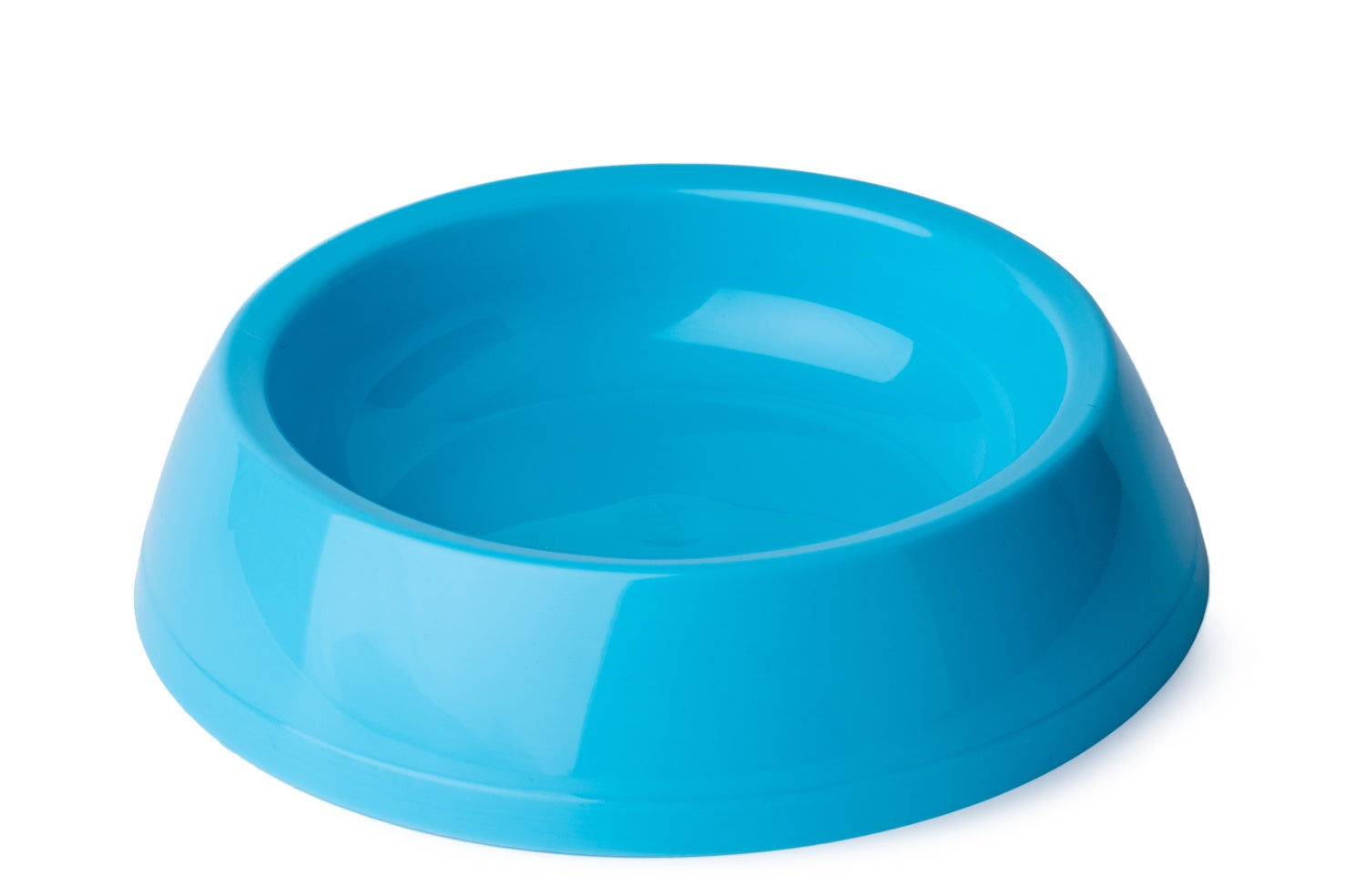
Vacuum Forming
Vacuum forming is a manufacturing process where a plastic sheet is heated until it becomes pliable, then stretched over a mold and sucked tightly against it using a vacuum. Once cooled, the plastic retains the shape of the mold, creating lightweight and durable parts.
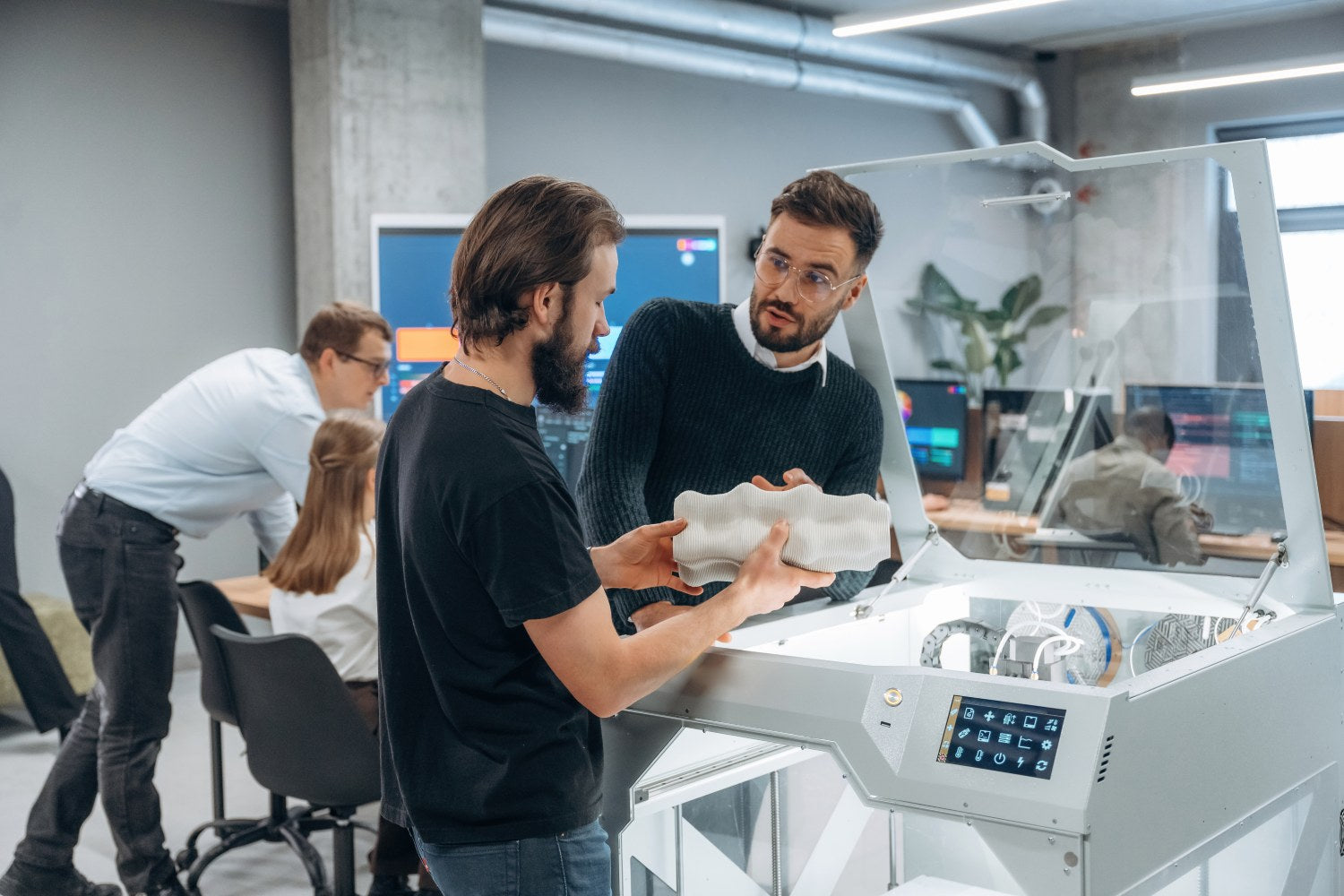
Rapid Prototyping
Rapid prototyping is a group of manufacturing techniques used to quickly create a physical model or prototype of a product design, usually with 3D printing or CNC machining. It allows designers and engineers to test form, fit, and function early in the development process, accelerating iterations and reducing time to market.
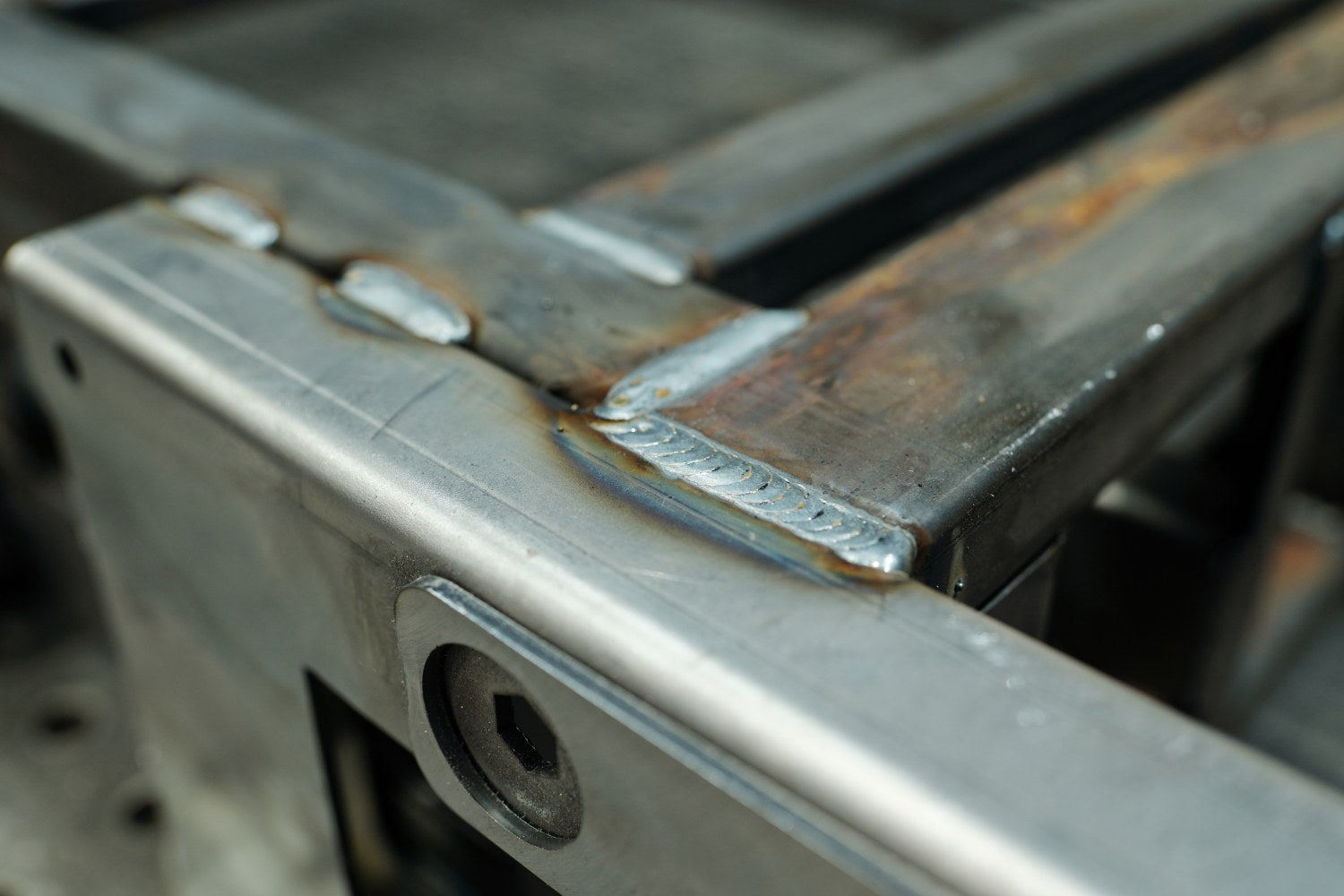
Laser and Argon Welding
Weldments are assemblies made by welding two or more metal components together to form a single, unified structure. These parts are typically fabricated from cut and machined pieces like tubes, plates, or beams, and are joined using welding techniques to achieve strength and durability.
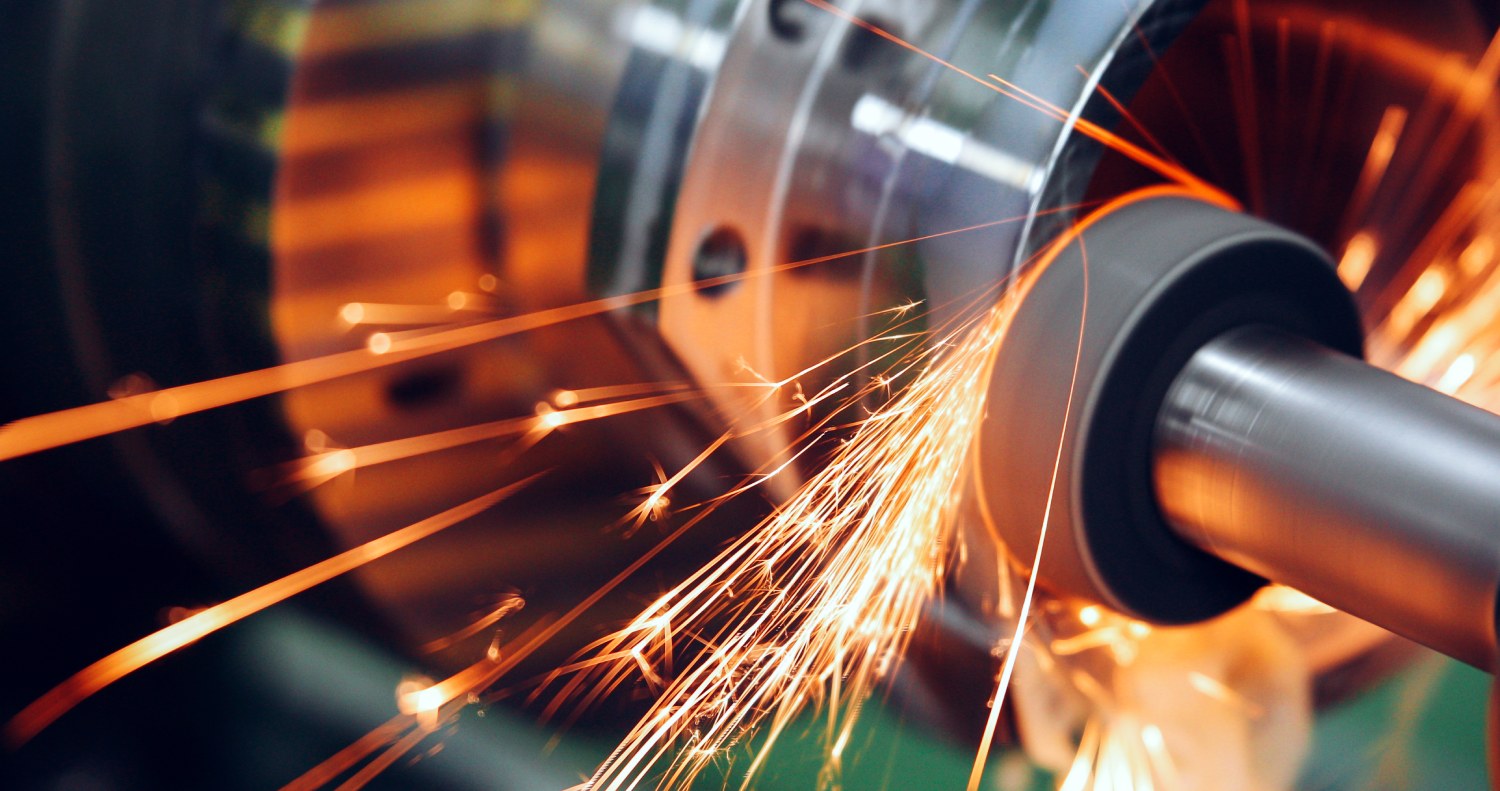
Precision Grinding
Precision grinding is a machining process that uses a rotating abrasive wheel to remove small amounts of material from a workpiece with extremely tight tolerances and fine surface finishes. It's often used to finish parts that require high accuracy in dimensions, flatness, roundness, or surface quality.
Surface Grinding
Surface grinding is a precision machining process where a flat workpiece is held against a rotating abrasive wheel to create an ultra-flat, smooth surface. A surface grinder removes small amounts of material to achieve tight tolerances and a refined finish, typically on metal parts.
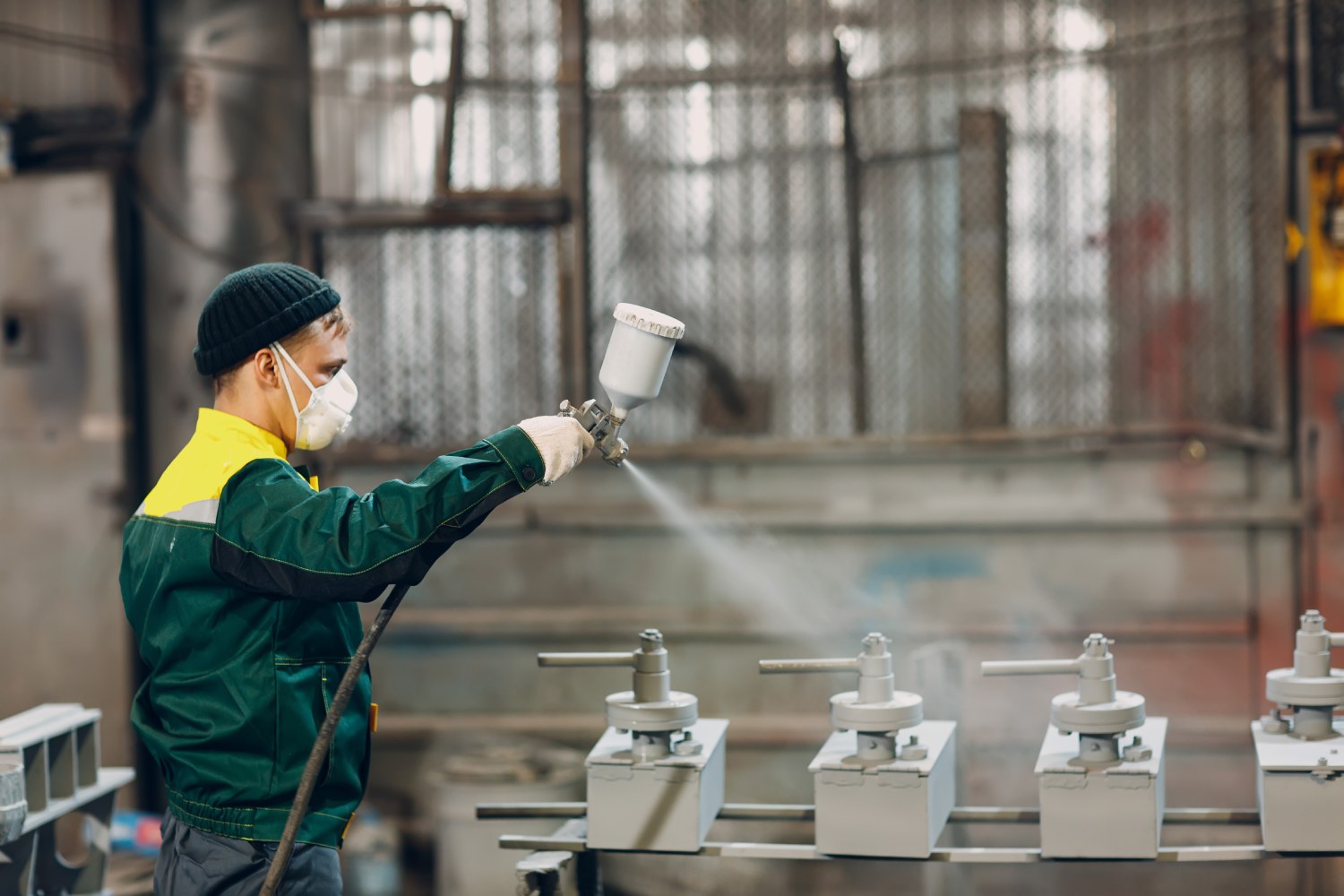
Powder Coating
Powder coating is a finishing process where a dry powder (usually a thermoplastic or thermoset polymer) is electrostatically applied to a metal surface and then cured under heat to form a smooth, durable, and protective layer. Unlike liquid paint, it doesn't require solvents and results in a tough, corrosion-resistant finish.





